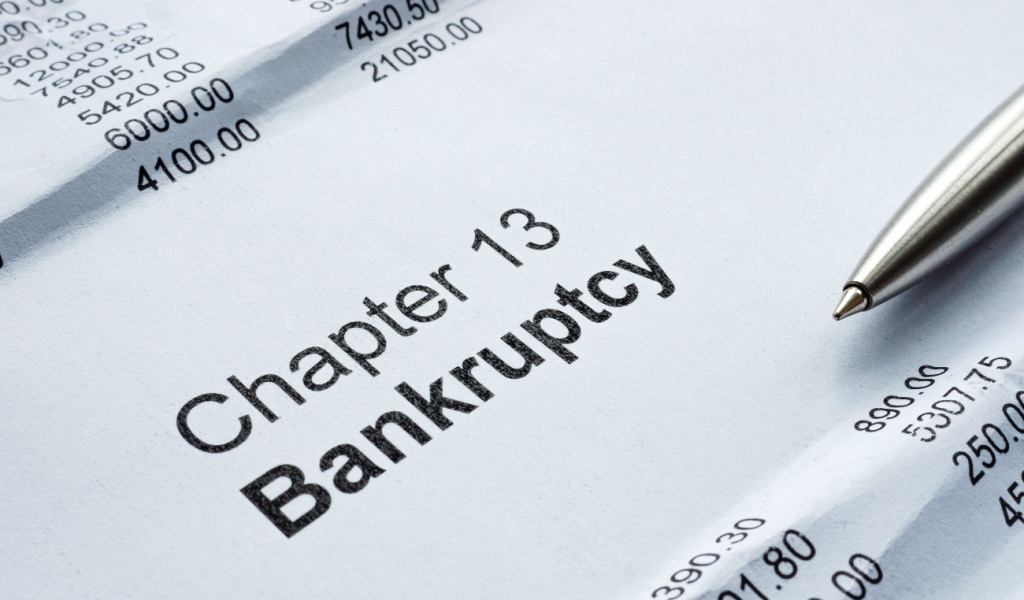While business bankruptcies are relatively common, major ones are a rare phenomenon. The Great Recession in 2008 led to the failure of several major businesses, as did the COVID-19 pandemic. With the economy in recession again, let’s examine the most infamous bankruptcies in US history to learn some valuable lessons from them.

Lehman Brothers
Until 2008, Lehman Brothers was the fourth-largest investment bank in the US. Founded in 1847, Lehman Brothers was a well-known and mighty bank with an estimated $639 billion in assets. Having witnessed the Great Depression, two world wars, and numerous other economic downturns, such as the Russian debt default, the company had successfully navigated tough times. However, in 2008, they were forced to declare bankruptcy, resulting in the loss of 25,000 jobs for their employees.
The reason for their bankruptcy was due to the collapse of the US housing market and the company’s involvement in mortgage-backed securities. In 2007, when the stock market plummeted, the subprime mortgages defaulted. This, along with the value of assets also collapsing, left the company facing huge losses.
The US government did not approve of a bailout package for the company, and consequently, the company filed for bankruptcy in September 2008. At the time, it was the largest bankruptcy in US history. It shocked the entire global financial system and also made borrowing money more expensive.
Toys ‘R’ Us
Toys ‘R’ Us began operations in 1948 and soon expanded to stores across the United States and worldwide. It was hailed as the go-to destination for children’s games and toys. After serving as a retail giant for over 70 years, the company eventually filed for bankruptcy in 2017, struggling to cope with the increasing popularity of online shopping.
The company’s downfall was a result of poor financial decisions, an inability to adapt to changing consumer behavior, and competition from online retailers such as Amazon. The company eventually took steps to modernize its operations through partnerships and online sales initiatives. Nevertheless, it could not keep up with more nimble and larger competitors. Finally, they filed for bankruptcy in September 2017, citing declining sales and an overwhelming debt load as grounds.
There are many valuable lessons to be learned from Toys ‘R’ Us. Primarily, it highlights the risks associated with high debt and emphasizes the importance of adapting to new market trends to remain relevant in the industry.
General Motors
Once known as the most powerful car manufacturer in the world, it came as a considerable surprise when General Motors filed for bankruptcy in 2009. Founded in 1908, General Motors dominated the automotive industry for a long time, owning car brands such as GMC, Chevrolet, Cadillac, and Buick. This bankruptcy became known as one of the most shocking industrial failures in US history.
The reasons contributing to this were a mixture of external competition, economic conditions, and internal mismanagement. Moreover, they were also battling issues like declining market shares and high labor costs. GM relied on the sales of large vehicles, such as trucks and SUVs, and around that time, competitors like Honda and Toyota gained popularity with more eco-friendly and fuel-efficient models. This meant that the company had higher labor costs, and it also made it more challenging to compete with cheaper and smaller foreign car companies.
Then, the economic crisis in 2008 further compounded problems— people stopped buying new cars, and they couldn’t get the desired cash flowing in. This caused job losses, plant closures, and a reduction in the product lineup. As a result, in June 2009, General Motors filed for bankruptcy. The US government intervened with a bailout, allowing the company to emerge from bankruptcy later that year.

Enron
Founded in 1985 as a coalition between two natural gas companies, Enron was known to be one of the fastest-growing companies in the United States. It expanded operations from a simple energy company into a diversified corporation that handled international markets, energy trading, and broadband. However, its dramatic downfall was also highlighted as one of the most prominent accounting scandals and bankruptcies in history.
The key reason for Enron’s collapse was owing to corrupt accounting practices. They had made secretive deals and established businesses to conceal huge debts and inflate their profits. The company manipulated its financial statements to present a profitable picture to investors when, in reality, the company was in a financially detrimental state.
In 2001, Enron’s activities were exposed. As a result, its stock, which was traded at more than $90 per share, collapsed to less than $1. At that time, this was the biggest corporate bankruptcy in US history.
The impact of this bankruptcy was enormous—thousands of people lost their jobs, and many others saw their retirement savings wiped off entirely because most of their investments were tied to Enron stock. This scandal also changed how companies share financial information. The Sarbanes-Oxley Act came into effect, requiring companies to maintain financial transparency while imposing stricter penalties for those caught engaging in fraudulent activities.
Washington Mutual (WaMu)
Before its collapse in 2008, Washington Mutual (WaMu) was the largest savings and loan association in the US. It was founded in 1889 and offered banking, credit card services, and home loans, making a mark as one of the largest financial companies in the country.
Astonishingly, the company’s downfall was linked to its rapid expansion into the mortgage market, particularly in the subprime loan sector. They issued risky home loans to individuals with poor credit, and when the housing bubble burst, the value of the mortgages plummeted. Accordingly, the company was left with billions of dollars in losses.
In September 2008, WaMu experienced a significant run on the bank when depositors, fearing the company’s insolvency, withdrew $16.7 billion in just 10 days. The company was unable to raise the capital to cover its losses. It was seized by federal regulators later that month, marking it as the most significant bank failure in US history.
Final Thoughts
Examining the largest bankruptcies in US history reveals pivotal moments in economic and business history, as well as the volatility of financial markets. Each bankruptcy situation had its own unique contributing factors, including internal mismanagement, fraudulent activities, global economic crises, or changing market dynamics. However, there are valuable lessons to be learned from these experiences.
So, when you find yourself struggling to pay off your debts or handle your finances, know that people have had it much harder. Even corporate giants have fallen and risen again, and a few financial setbacks in your path should not deter you.



